- No products in the cart.
Nicorette spray mest.pr. 1mg / dose with doses of 150 13.2ml mint odor
$21.86
Nicorette spray mest.pr. 1mg / dose with doses of 150 13.2ml mint odor
Description
Composition
Active substance:
1 ml contains: nicotine – 13.6 mg;
Excipients:
Propylene Glycol – 150.0 mg Ethanol – 97.0 mg, trometamol – 40.5 mg poloxamer – 40.0 mg Glycerol – 25.0 mg Sodium bicarbonate – 14.3 mg, levomenthol – 10.0 mg mint flavoring QL24245 – 4,0 mg, 2 Cooler flavor SN046680 – 3,0 mg sucralose – 1.5 mg, acesulfame potassium – 1.5 mg hydrochloric acid 10% – qs pH 9, purified water – sufficient quantity to 1 ml.
Description:
Spray oral mucosa dosed from colorless to light yellow transparent or slightly opalescent solution with mint smell or odor of mint and fruit.
Product form:
Spray oral mucosal dosage [minty, fruity-mint] 1 mg / dose.
13.2 ml (150 doses) spray in a transparent bottle made of polyethylene terephthalate, which is placed in opaque protective case made from polypropylene.
1 or 2 vials (each in a protective case) from the dispenser, together with instructions for use in the laminated transparent plastic container contour with a cardboard backing.
Contraindications
Hypersensitivity to nicotine or other components of the formulation.
Children up to age 18 years.
Dosage
1 mg / dose
Indications
Spray Nikorette® facilitates and (or) prevents the craving for smoking and symptoms of “cancellation”, arising from tobacco dependence.
Is shown as a support smokers to quit intentional or reduce the number of cigarettes smoked in front of a complete failure; in order to facilitate smokers who do not want to smoke or in the absence of such a possibility; as well as a safer alternative to smoking.
Interaction with other drugs
Clear clinically significant interaction between nicotine replacement therapy and other drugs is not established. However, theoretically, nicotine may enhance the hemodynamic effects of adenosine, t. E. Lead to increased blood pressure and heart rate, as well as enhance the response to pain (chest pain of angina pectoris on the type), provoked by administration of adenosine.
Overdose
When used in accordance with the instruction symptoms of an overdose of nicotine can occur in patients with low nicotine intake to treat or the simultaneous use of different sources of nicotine.
Symptoms.
The minimum lethal dose of acute overdose unused for an adult human of 40-60 mg nicotine. In case of overdose observed the same symptoms as in acute nicotine poisoning, such as: nausea, vomiting, increased salivation, abdominal pain, diarrhea, sweating, headache, dizziness, hearing loss and severe weakness. At higher doses it can join to hypotension, weak and spasmodic heart rate, respiratory failure, impairment of consciousness, collapse and generalized convulsions.
Doses of nicotine that are well tolerated in the treatment of adult smokers, can cause severe symptoms of poisoning in small children and even lead to death. Suspected nicotine poisoning in children should be treated as a medical emergency, requiring immediate hospitalization.
Treatment.
It is necessary to immediately stop the use of nicotine and begin to symptomatic treatment. If necessary, start artificial respiration. Reception of activated carbon prevents the absorption of nicotine in the gastrointestinal tract.
pharmachologic effect
Pharmacological group:
Means for treatment of nicotine addiction.
Pharmacodynamics:
Nicotine is an agonist of nicotinic receptors in the peripheral and central nervous system (CNS), has a pronounced effect on the CNS and cardiovascular system.
Abrupt cessation of smoking is the development of characteristic withdrawal symptoms including cravings to smoke.
Clinical studies have shown that nicotine replacement products for the treatment allow smokers to refrain from smoking, relieve the symptoms of “cancel”. Single dose study 200 healthy smokers have demonstrated that when using two spray doses of 1 mg of reduced desire to smoke after the first minute after the spray application and to a much greater extent than when applied lozenge comprising nicotine. Compared with nicotine gum gum or lozenge, the absorption of nicotine from the spray to the oral mucosa faster (see. The section “Pharmacokinetics”) and, based on experience of substitution nicotine therapy, this leads to a more rapid decrease in traction and other symptoms.
Increased appetite is a well-known symptom of “abolition” of nicotine after smoking cessation is often an increase in body weight. An important symptom of the syndrome of “cancellation” is also the desire to smoke.
Pharmacokinetics:
The pharmacokinetics of nicotine thoroughly studied; it was found that the method of delivery of substance into the body exerts a significant influence on the rate and extent of absorption.
Pharmacokinetics spray oral mucosa was studied in four studies involving 141 subject.
Suction.
Dosage Form Spray oral mucosa suggests that nicotine dose enters immediately and as a result, its absorption from the oral fast.
The maximum concentration equal to 5.3 ng / ml is achieved within 13 min after the administration of 2 mg nicotine. After 10 minutes after spray application at doses of 1 and 2 mg of the area under the curve “concentration-time» (AUC) greater than analogous values obtained in the studies of chewing gum and tablets containing 4 mg nicotine (0.48 and 0.64 chhng / ml compared to 0.33 and 0.33 chhng / ml).
AUC values demonstrate that the bioavailability of nicotine when applied to a spray to the oral mucosa is similar to the bioavailability when applied tablets and slightly higher than when using nicotine gum. AUC? for spray dosage 2 mg chhng equal to 14.0 / mL compared to 23.0 chhng / ml for chewing gum dosage of 4 mg and 26.7 chhng / ml to 4 mg dose tablets.
The average equilibrium concentration of nicotine in the blood plasma after administration reaches a maximum dose (m. E. 2 spray injection at a dose of 1 mg every 30 min), is approximately equal to 28.8 ng / mL compared to 23.3 ng / ml when applying chewing gum 4 mg dose (1 puff every hour) and 25.5 ng / mL for nicotine dosage tablet 4 mg (1 tablet every hour).
Considering the rapid absorption and a high relative bioavailability similar, most of the nicotine released from spray absorbed apparently through buccal mucosa.
Distribution.
The volume of distribution after intravenous administration of nicotine is from 2-3 l / kg.
nicotine binding to plasma proteins is less than 5%. For this reason, changes in nicotine binding in the application of concomitant drugs or changes in the content of blood plasma proteins in a number of diseases, presumably, must not have a significant effect on the pharmacokinetics of nicotine.
Biotransformation.
Metabolism and excretion of nicotine do not depend on the dosage form and therefore are suitable for their description of the study of nicotine when administered intravenously.
The main body, depleting the nicotine, is the liver. However, nicotine is also metabolised in the kidneys and lungs. Over 20 known metabolites of nicotine, and they all appear to be less active as compared to the parent compound.
Plasma half-life of the major metabolite of nicotine – cotinine – is 15-20 hours and its concentration is higher than that of nicotine by 10 times.
Withdrawal.
The average plasma clearance of nicotine is 70 l / hour, the half-life of 2-3 hours.
The major metabolites of nicotine, detectable in the urine are cotinine (12% of the administered dose) and trans-3-gidroksikotinin (37% of the administered dose). Approximately 10% of the nicotine is excreted with urine in an unmodified form.
At high filtration rate and urine pH below 5, the amount of nicotine in the urine output in unchanged form, can reach 30%.
Linearity / non-linearity.
At 1, 2, 3 and 4 pressings spray at a dosage of 1 mg / dose showed only a slight deviation from the linearity of AUC and Cmax.
Special patient groups.
Impaired renal function.
Progression of renal failure accompanied by decrease total clearance of nicotine. The clearance of nicotine in patients with severe renal impairment is reduced on average by 50%. In hemodialysis patients, an increase in concentration of nicotine.
Abnormal liver function.
The pharmacokinetics of nicotine in patients with mild hepatic impairment (5 points on a scale Child-Pugh) did not change, but in the presence of human liver moderate (7 points on a scale Child-Pugh) was reduced by 40-50%. The data on the pharmacokinetics of nicotine in violation of liver function over 7 points on a scale Child-Pugh absent.
Elderly patients.
In healthy elderly patients, there was a slight reduction in total clearance of nicotine, do not require a change in dose.
Pregnancy and breast-feeding
Pregnancy.
Smoking during pregnancy is associated with risks such as intrauterine growth retardation, premature birth or stillbirth. Quitting smoking is the single most effective intervention for improving the health of both the pregnant woman and her baby. Early cessation of smoking is the best option.
Nicotine crosses the placental barrier and affect the respiratory activity and blood circulation of the fetus. Effect on circulation is dose-dependent.
Therefore, ideally, stop smoking during pregnancy should be carried out without nicotine replacement therapy. However, if a woman is not able to (or is supposed) to quit without pharmacological support, the use of nicotine replacement therapy because continued smoking carries a greater risk to the fetus as compared with nicotine replacement therapy. The best option is a complete cessation of smoking, but if it is unattainable, as a safer alternative to smoking during pregnancy can be applied spray Nikorette®. Due to the presence of potential nicotine periods are preferred dosage forms for periodic application, but with significant nausea and (or) vomiting patches may be required. Application of a pregnant woman spray Nikorette® should begin only after consulting your doctor.
Breast-feeding.
Nicotine passes into breast milk in quantities that may affect the child even when using the drug at therapeutic doses. Therefore it is necessary to refrain from using spray Nikorette® during breastfeeding. If you are unable to stop smoking, use of the drug should be started only after consulting your doctor.
Dosage forms for periodic application minimizes the nicotine content in breast milk and allow breastfeeding at the lowest concentration of nicotine in it. In order to reduce the negative influence of nicotine on the child’s medication should be used immediately after feeding. The periods between the application of the drug and the next feeding should be as long (it is recommended not less than 2 hours).
Smoking increases the risk of infertility in men and women. In vitro studies have shown that nicotine has a negative impact on sperm quality in men.
side effects
Regardless of the dosage form formulation comprising nicotine, some symptoms can be caused by nicotine withdrawal due to smoking cessation. These include the following symptoms: dysphoria or depressed mood; insomnia; irritability, frustration or anger; anxiety; difficulty concentrating, restlessness or impatience; decreased heart rate; increased appetite or weight gain; cough; aphthous ulcers; nasopharyngitis. A causal relationship has not been established.
In addition, in patients using the spray for the oral mucosa, as pointed out by other symptoms associated with smoking cessation: dizziness, near syncope, cough, constipation and bleeding gums.
Craving for nicotine is regarded as clinically significant symptom – an important manifestation of nicotine withdrawal after smoking cessation.
Spray Nikorette® can cause unwanted reactions associated with nicotine, similar to those observed during use of other nicotine-containing products, these reactions are preferably dose dependent.
Allergic reactions (such as angioedema, urticaria, and anaphylactic shock) may occur in predisposed individuals.
Most adverse reactions to spray Nikorette® noted in the early phase of the treatment and are similar to those of the oral preparations. In the first few days of treatment may be observed irritation of the oral mucosa and pharynx, frequent hiccups. Continued treatment leads to adaptation.
Daily collection of data from study subjects showed that very often occurring adverse events seen in the first 2-3 weeks of use a spray and then disappear.
special instructions
Application Nikorette® preparation accompanied by a lower risk than smoking.
Assessment of risks and benefits must be made relevant specialty physician in patients with the following conditions:
Associated cardiovascular disease.
With stable cardiovascular disease Nikorette® spray causes less harm than continued smoking. However, smokers with a recent myocardial infarction, unstable angina, or deterioration of its flow, including Prinzmetal angina, arrhythmia with severe, recently suffered a cerebrovascular disease and (or) patients with uncontrolled hypertension should be advised to stop smoking without the help of pharmacological intervention. If such attempts are unsuccessful, you can consider applying spray Nikorette®, but as data on safety in this patient are limited to begin this treatment should only be under close medical supervision.
Diabetes.
Patients with diabetes mellitus after smoking cessation and since the start of nicotine replacement therapy to more closely monitor blood glucose concentration as lower content of catecholamines, which is induced release of nicotine may affect carbohydrate metabolism.
Allergic reactions.
The drug should be used with caution in patients predisposed to angioedema and urticaria.
Diseases of the gastrointestinal tract.
Is swallowed nicotine may aggravate the symptoms of esophagitis, gastritis or peptic ulcer, so apply formulations for oral nicotine replacement therapy for this pathology with caution.
Violation of the liver and kidneys.
In patients with moderate to severe hepatic insufficiency, and (or) severe renal insufficiency the drug should be used with caution as the clearance of nicotine and its metabolites may be reduced, which can increase the risk of adverse events.
The danger for young children.
Doses of nicotine that can be easily transferred to adult smokers and smokers, adolescents can cause severe intoxication in children, which can lead to death. It is important not to leave unattended preparations containing nicotine, because it may lead to incorrect use of their children and ingestion (see. Section “Overdose”).
Pheochromocytoma and uncontrolled hyperthyroidism.
In patients with hyperthyroidism and pheochromocytoma uncontrolled use the drug must carefully, since nicotine induces the release of catecholamines.
Formation of dependence.
It may develop dependence on the drug, but it is less dangerous for health and more easily overcome than dependence on smoking.
To give up smoking.
Polycyclic aromatic hydrocarbons contained in tobacco smoke induce metabolism of drugs metabolized isoenzyme CYP1A2 (and optionally, CYP1A1). Stopping smoking may cause slower metabolism and as a consequence, increased concentrations of these drugs in the blood. This has the potential clinical significance for drugs with a narrow therapeutic index – for example, theophylline, tacrine, clozapine and ropinirole.
Spray Nikorette® contains a small amount of ethanol (alcohol) – less than 10 mg per dose.
When applying spray Nikorette® care should be taken to prevent spray contact with eyes.
Warnings and precautions for combination therapy with spray transdermal patch Nikorette® similar to warnings and precautions for use of each of the drugs separately.
If the drug has come into disrepair or expiration date – do not throw it in the sewer system or into the street! Place the drug in the bag and place in the trash. These measures will help protect the environment!
The effect on the ability to operate vehicles, machinery
It should take into account the profile of the drug adverse reactions (dizziness, change in behavior and so on.) Which may impair the ability to drive and use machines.
Storage conditions
Store at a temperature not higher than 25 ° C.
Keep out of the reach of children.
Dosing and Administration
For application to the oral mucosa.
The patient should make every effort to stop smoking completely during treatment spray Nikorette®.
Adults older than 18 years.
Nikorette® spray should be applied at a time when there is an overwhelming desire to smoke. После подготовки спрея к использованию (см. ниже Инструкцию по использованию при первом применении спрея) поднесите наконечник спрея как можно ближе к открытому рту. Нажмите на дозатор сверху, высвободив таким образом одну дозу препарата в полость рта; следует избегать попадания спрея на губы. Чтобы исключить попадание вещества в дыхательные пути, в момент нажатия на дозатор не следует совершать вдох.
Для достижения наилучших результатов не сглатывайте слюну в течение нескольких секунд после впрыскивания.
Во время использования спрея прием пищи и жидкости не рекомендуется.
При появлении симптомов передозировки (см. раздел «Передозировка») применение препарата необходимо немедленно прекратить.
Полный отказ от курения.
Спрей Никоретте® следует использовать во всех случаях возникновения тяги к курению или для недопущения тяги в ситуациях, которые могут ее провоцировать.
Курильщики, желающие или способные отказаться от курения немедленно, должны сразу заменить выкуривание сигарет спреем Никоретте® и, как только представится возможность, снизить количество впрыскиваний до их полного прекращения.
При полном отказе от курения сделайте 1 или 2 впрыскивания в период времени, когда обычно вы выкуривали сигарету, а также в случае появления тяги к курению. Если после однократного впрыскивания тяга к курению в течение нескольких минут не снижается, следует произвести второе впрыскивание. Если требуются две дозы, то последующее применение спрея может состоять из 2 последовательных впрыскиваний.
Каждый час разрешается принимать не более 4 дозированных впрыскиваний спрея. Не следует впрыскивать более 2 доз спрея одномоментно или применять более 64 доз в течение суток (или 4 дозы в час в течение 16 часов).
Каждый флакон содержит не менее 150 доз.
Средний курс применения спрея в указанной дозе – 6 недель. Затем следует начать снижение количества впрыскиваний таким образом, чтобы к концу 9-й недели количество доз составляло половину от среднего количества доз в сутки, получаемых в первые 6 недель, а в течение 12-й недели – не более 4 доз в сутки. Когда суточная доза снизится до 2–4 впрыскиваний, применение спрея следует прекратить.
После окончания терапии для предотвращения возврата к курению пациенты могут применять спрей Никоретте® при непреодолимом желании курить. В таких ситуациях можно сделать 1 впрыскивание, а в случае, если после однократного впрыскивания тяга к курению в течение нескольких минут не снижается, следует произвести второе впрыскивание. При этом не следует превышать 4 дозированных впрыскиваний в сутки.
Регулярное применение спрея более 6 месяцев обычно не рекомендуется, однако некоторым пациентам может потребоваться более длительная терапия, чтобы не возобновить курение.
Сокращение количества выкуриваемых сигарет.
Курильщикам, желающим снизить количество выкуриваемых сигарет, следует применять спрей по потребности между эпизодами курения в целях увеличения промежутков времени между курением и с целью как можно большего снижения курения.
Как только чувствуется готовность, курильщики должны нацелиться на полный отказ от курения.
После отказа от курения следует соблюдать рекомендации терапии и постепенного снижения дозы, указанные выше при полном отказе от курения.
Поведенческая терапия и психологическая поддержка обычно увеличивают успешность лечения. Тем, кому удалось бросить курить, но сложно отказаться от спрея, рекомендуется обратиться к врачу за медицинской помощью.
Временный отказ от курения.
Спрей можно применять в периоды, когда необходимо воздержаться от курения, например, при нахождении в местах, где запрещено курить, или в других ситуациях, когда нужно воздержаться от курения. Максимальная суточная доза при временном отказе от курения – 64 дозы.
В комбинации с пластырем трансдермальным.
Для курильщиков с сильно выраженной никотиновой зависимостью (более 20 сигарет в день) или испытывающих непреодолимую тягу к курению, или курильщиков, которым не удалось отказаться от курения с применением только одного вида никотин-заместительной терапии, возможно применение спрея для слизистой оболочки полости рта Никоретте® в комбинации с пластырем трансдермальным Никоретте® для быстрого облегчения тяги к курению.
Пластырь накладывается на неповрежденный участок кожи сразу после пробуждения утром и удаляется перед сном. Пластырь должен накладываться на сухую, чистую, неповрежденную кожу, не содержащую волос, например, бедра, верхние конечности или грудную клетку. Необходимо изменять место наложения каждый день: не следует использовать одну и ту же область в течение двух последующих дней. После наложения пластыря тщательно вымойте руки, чтобы избежать раздражения глаз от возможного попадания в них никотина.
Начальная терапия:
Лечение следует начинать с пластыря 25 мг/16 часов (1 этап) в комбинации со спреем 1 мг/доза. Обычно бывает достаточно 13 доз спрея в сутки. Максимальная суточная доза спрея – 32 дозы.
Пациенты должны полностью отказаться от курения во время терапии. Обычно общий курс лечения продолжается в течение 8 недель. После этого дозу никотина следует постепенно снижать.
Отмена комбинированной терапии:
Отменять комбинированную терапию можно двумя способами.
Способ 1: в течение последующих 2 недель необходимо перейти с пластыря 25 мг/16 часов (1 этап) на пластырь 15 мг/16 часов (2 этап), а затем, в течение последующих 2 недель – на пластырь 10 мг/16 часов (3 этап), сохраняя при этом, если необходимо, количество применяемых доз спрея Никоретте®, как и при Начальной терапии. Далее постепенно снижают количество доз спрея до полной отмены в течение времени, которое необходимо пациенту в зависимости от его потребностей, но не позднее, чем через 12 месяцев после начала применения комбинированной терапии.
Способ 2: заключается в полной отмене пластыря сразу после окончания этапа Начальной терапии. Далее постепенно снижают количество доз спрея Никоретте® до полной отмены в течение времени, которое необходимо пациенту в зависимости от его потребностей, но не позднее, чем через 12 месяцев после начала применения комбинированной терапии.
Дети и подростки младше 18 лет
Не рекомендуется применять препарат лицам младше 18 лет. Опыт лечения подростков в возрасте до 18 лет спреем отсутствует.
Information
Appearance may differ from that depicted in the picture. There are contraindications. You need to read the manual or consult with a specialist
Additional information
| Weight | 0.100 kg |
|---|---|
| Manufacturer | Nicorette |

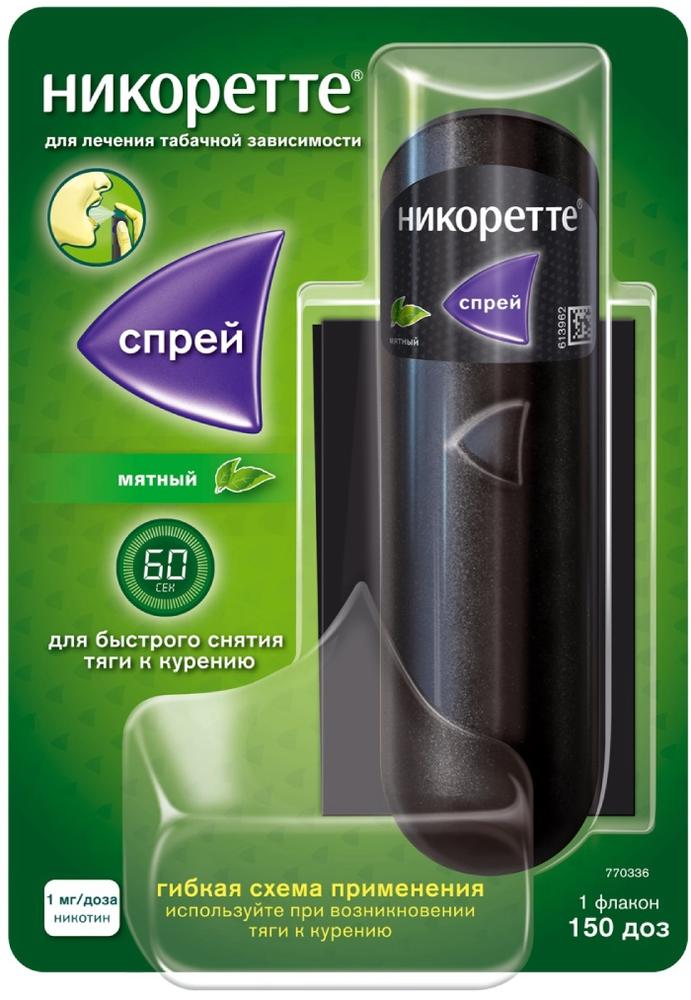
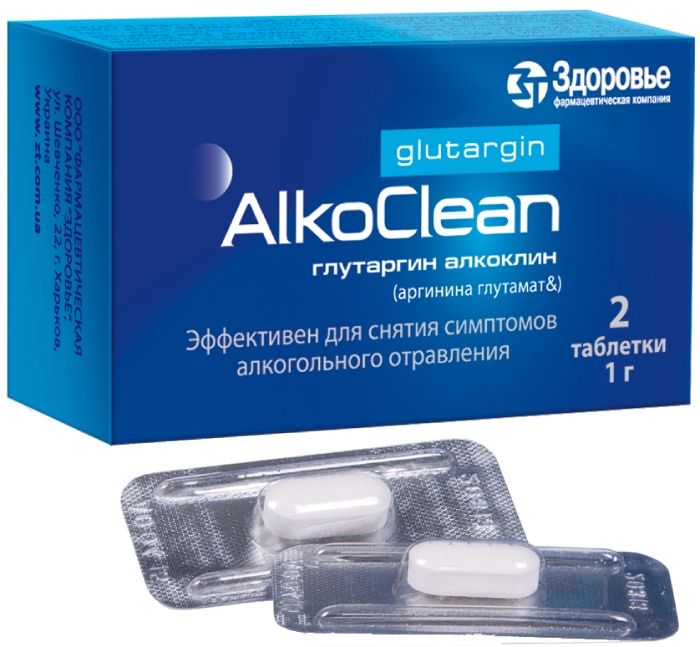

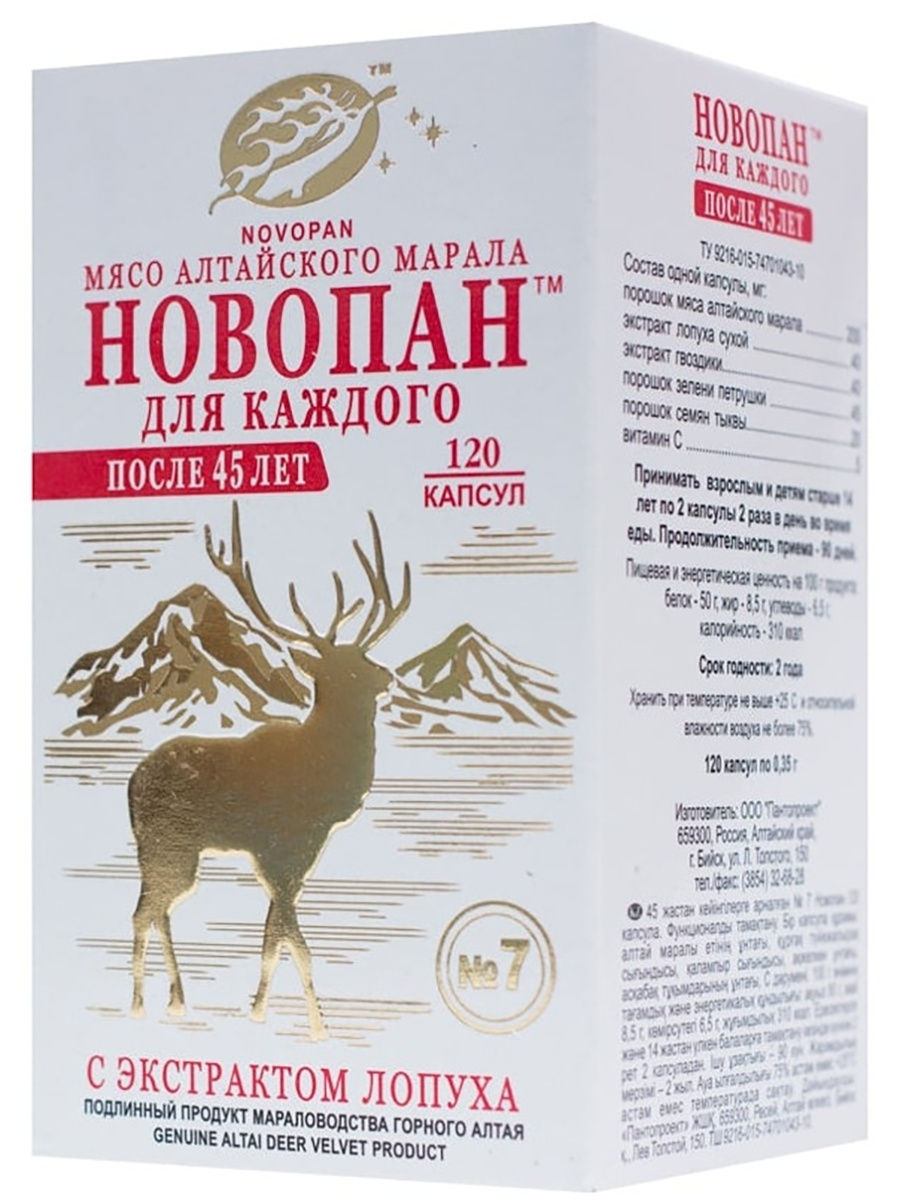

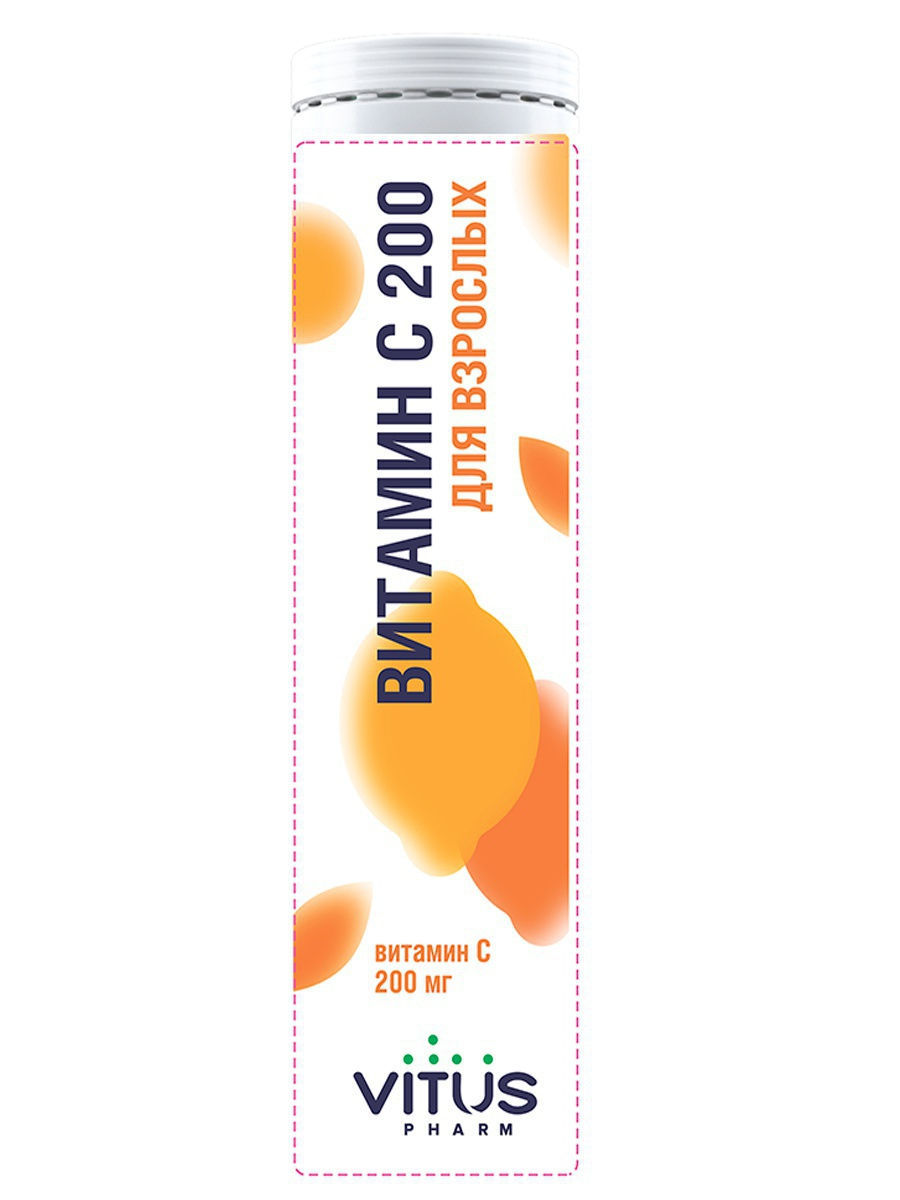
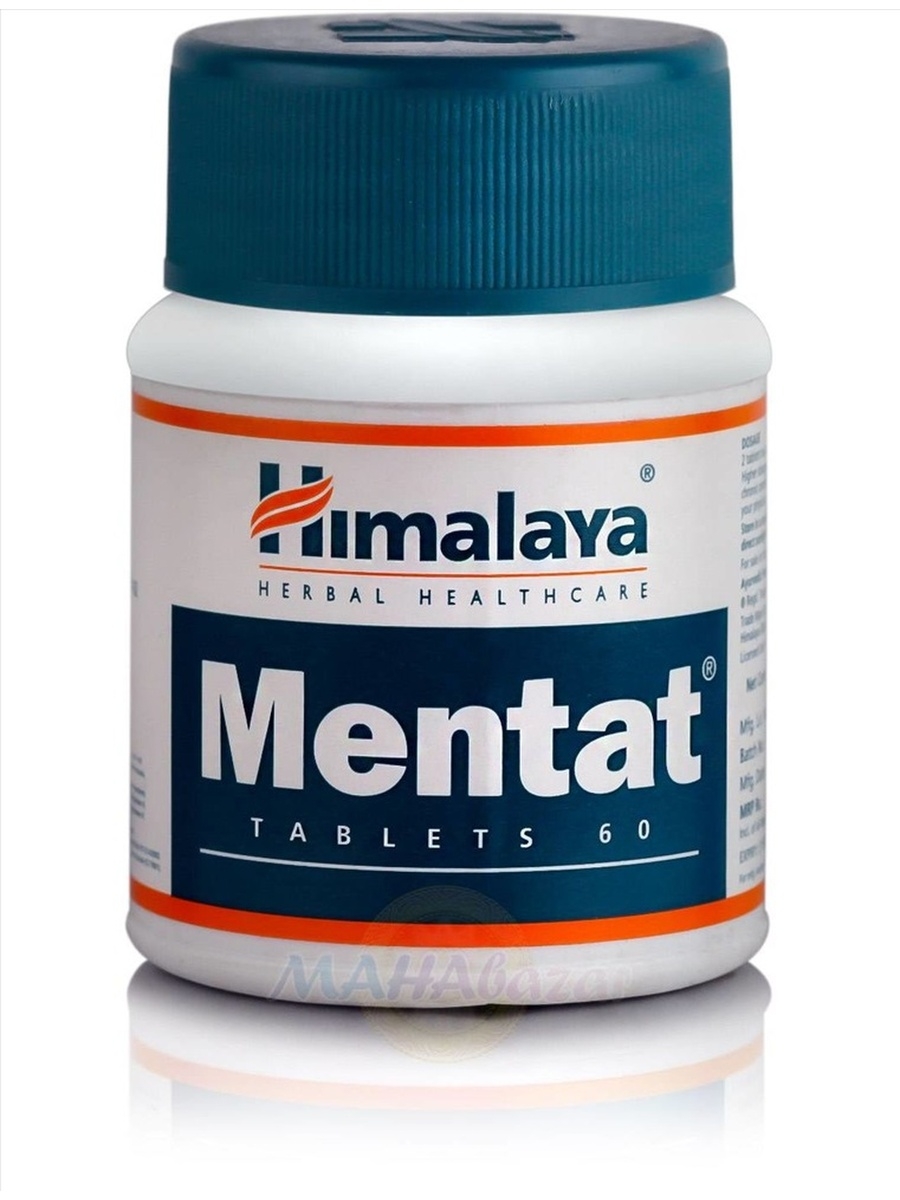
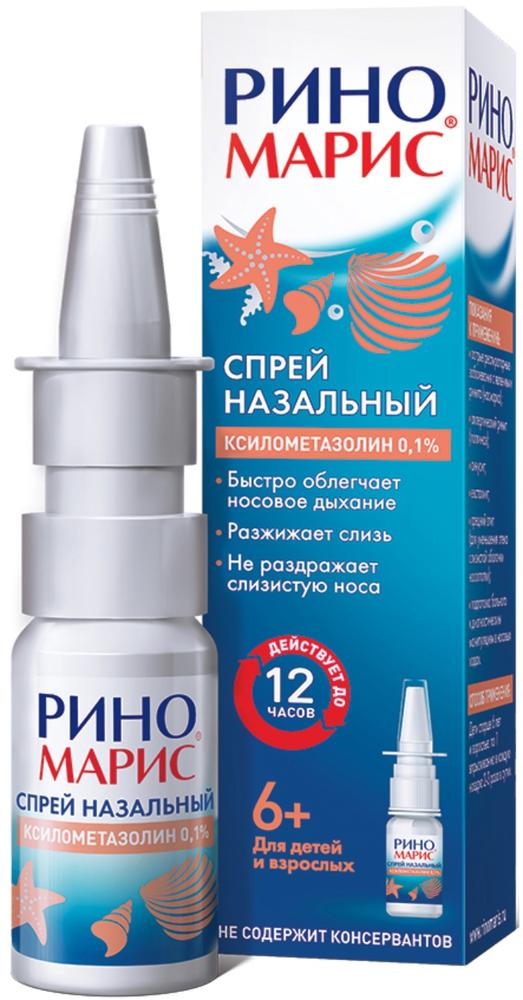
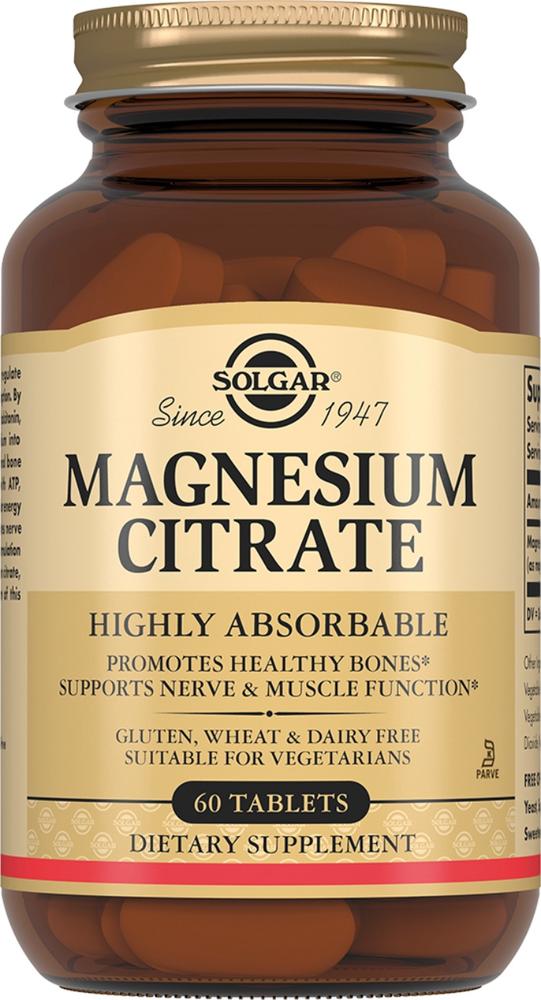



There are no reviews yet.